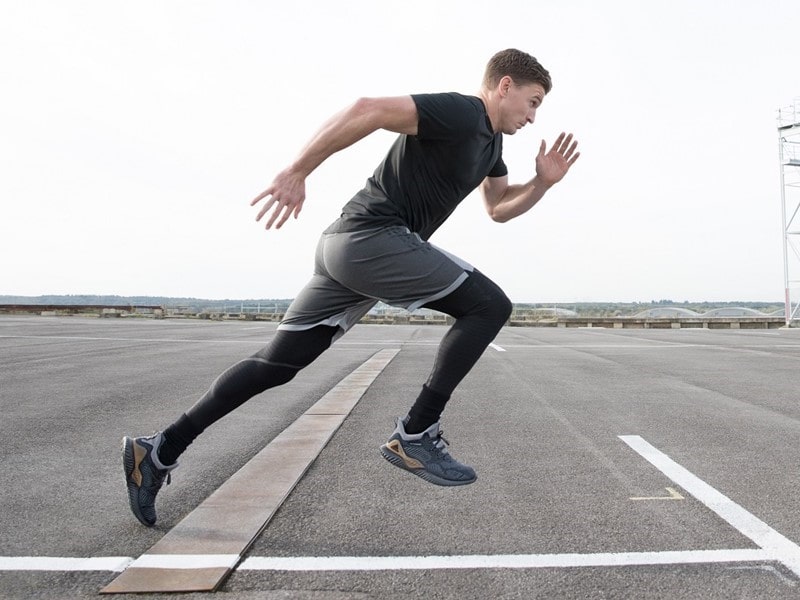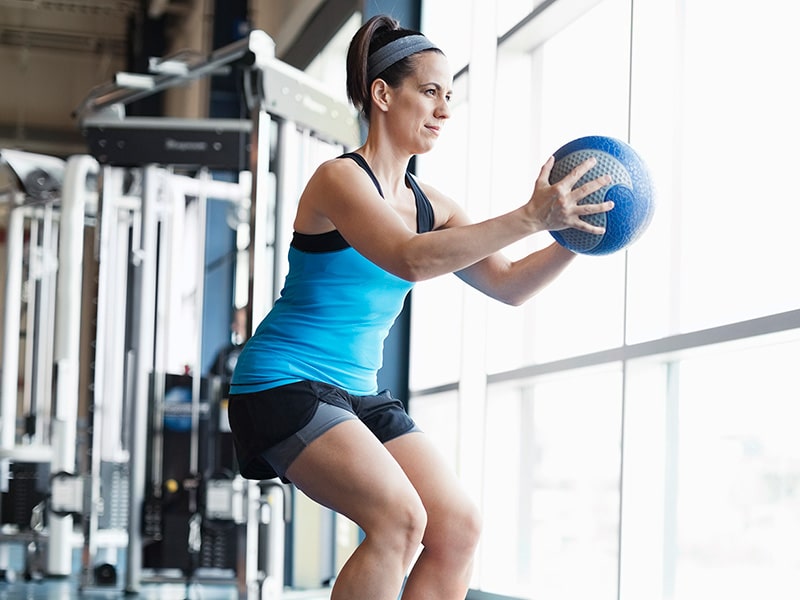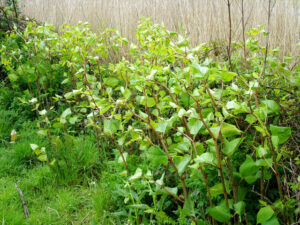What steps should be taken in sports training?

The answer is one of true common sense: those who, in a progressive and healthy way, help to achieve the goal. And on that basis, it would not be wrong to start with a medical examination by a professional. Once you’ve passed that test, it’s best to put yourself in the hands of a coach, a monitor, some competent professional who can guide you through those first steps, someone who would probably develop a method similar to the next.
Good training begins with a raw material in optimal conditions to be worked on, that is, with an athlete who knows his limitations, his potential and has clear objectives.
A physical trainer, coach or instructor knows how to take care of that stage, how to assess the physical condition of an athlete; his genetic potential -that which comes from the factory, whether we like it or not- and take advantage of it; his weak and strong points; his nutritional needs depending on the training he is going to do to achieve his goals and his resistance capacity so as not to die in the attempt or give up because of poor training management.

And, of course, a beginner athlete, someone who is going to be initiated in sports training, who is willing to take the necessary steps, will understand, abide by and put into practice those indications.
No matter how much haste the inexperienced athlete may have in obtaining the desired results, those that have led him to assume a training routine, the story that was not built in a day or that is well worth a mass – or whatever it takes – will be applied and he will follow, almost religiously, the steps marked out by his trainer.
Because the objective is the main goal, but between it and the starting line there are a series of goals that will allow you to advance with greater security and motivation. Having small, short-term goals will serve as a stimulus for moments of fatigue, laziness or fatalism, those of I can’t take it anymore, I don’t see results or even who would send me into this. In the low moments, a small goal comforts and raises the self-esteem, let’s not despise its potential to go on.
And so, step by step, almost without realizing it, we are already in the training room, go ahead. To begin with, a little warm-up. Before plunging into the actual sports training, into the succession of routines specifically designed for each athlete to achieve his or her goals, the muscle groups must be given the necessary care so that they respond, one hundred percent, without danger of injury.
In this phase, it is especially important to listen to someone who really knows the steps to be followed in a sports training, a professional who knows what to do and, of course and not less important, what not to do.
Among the things that should be done, we find training routines, both combined and personalized, that end up leading to the achievement of objectives:
- The training of the aerobic and anaerobic resistance, with programs adapted to the level and characteristics of the sportsman as well as to the objectives that are tried to obtain.
- Strength and power training, taking into account the different somatotypes, considering the different types of load and the muscle group or groups on which we want to work.
- Range of motion training, focused on gaining greater mobility in the upper body, trunk or lower body.
In the second group, that of things not to be done, the palm is taken by the extended and failed belief that training with more weight, doing more repetitions or adding more days of training, will reach the objective sooner. However, it is also true that comparing oneself with other athletes or imitating their routines does not mean that the results will be the same.
Absolute error in both cases. Carrying out this type of practice focused on reaching something before time, before being prepared, will only result in throwing in the towel due to exhaustion, in the best of cases, or abandonment due to injury, in the worst.
And we haven’t left the gym yet. After training comes rest, relaxation, stretching as a prologue to calm, that moment when the body is returned to its usual state of rest.
And then, to return to the daily activity that, since the beginning of the sport training, has also changed, also here steps are being taken because when a person begins in the sport with clear objectives, the sport becomes something very different from a complement, it happens to be cross-sectional, as a lifestyle, a way of being in the world, more and better connected with oneself and with the environment that surrounds it.





